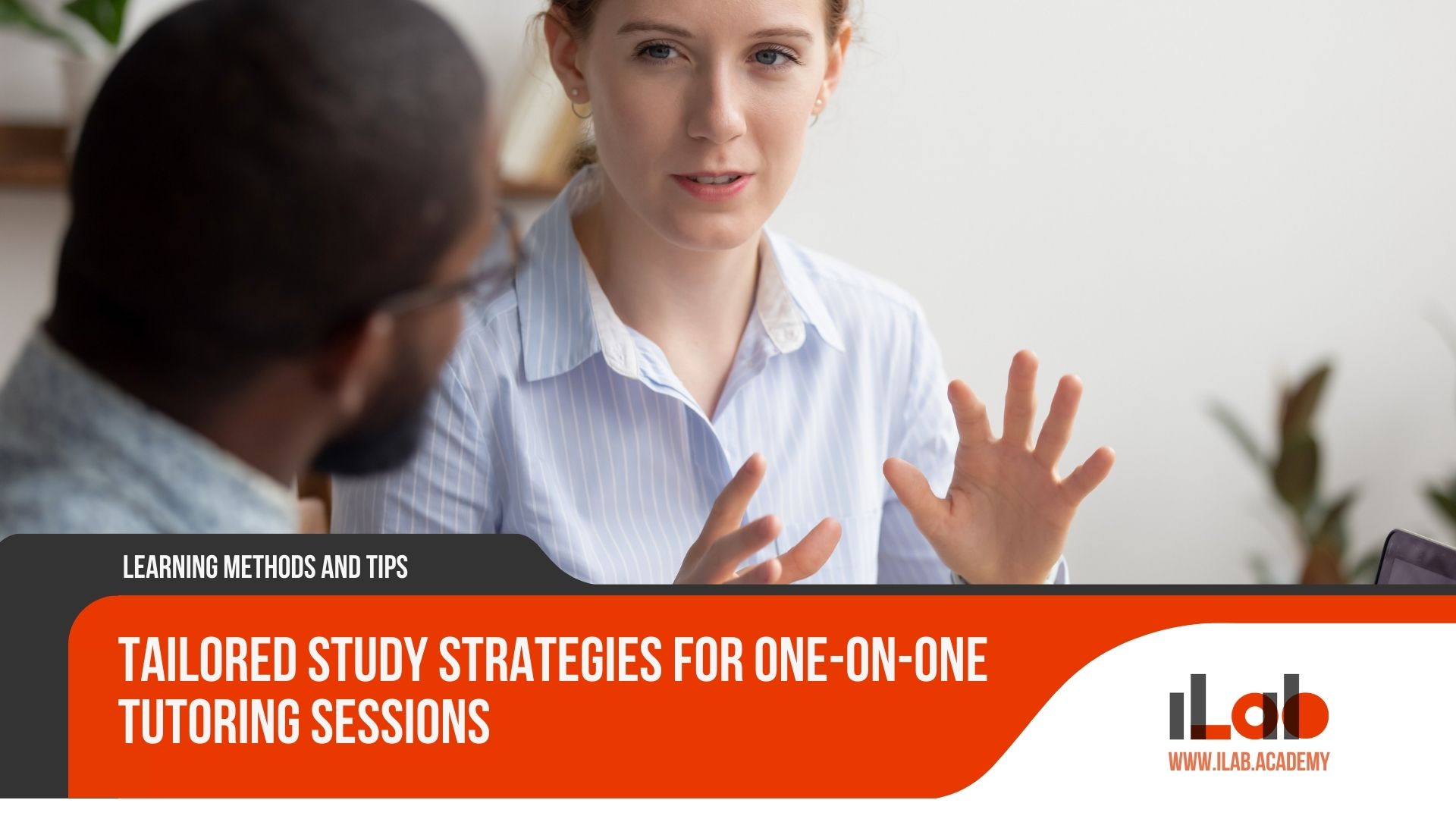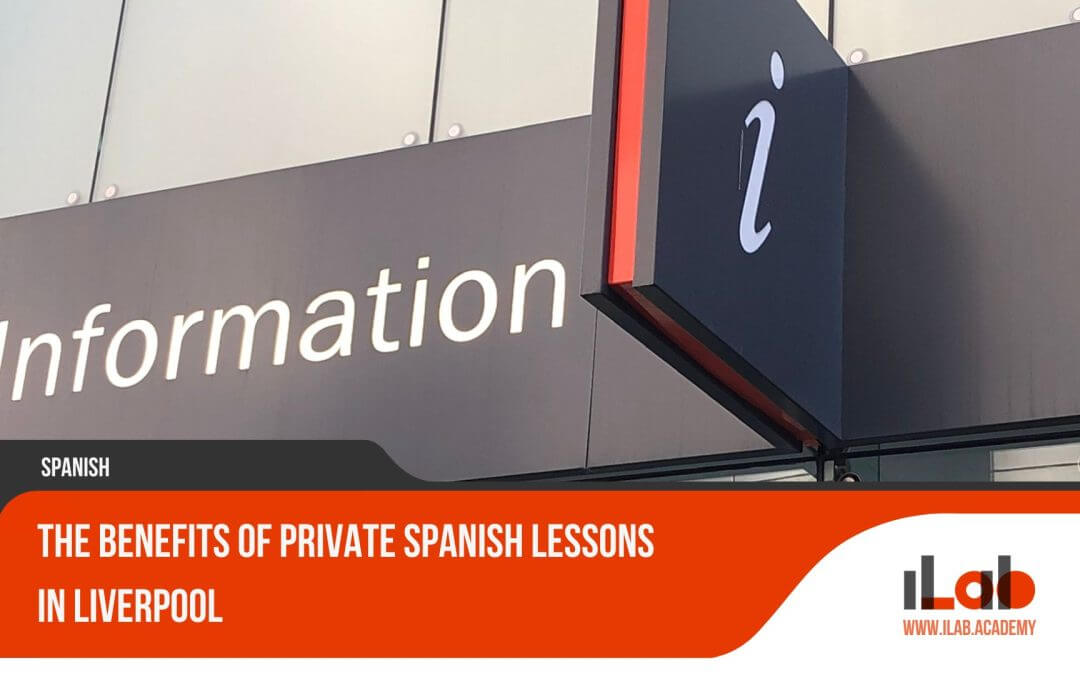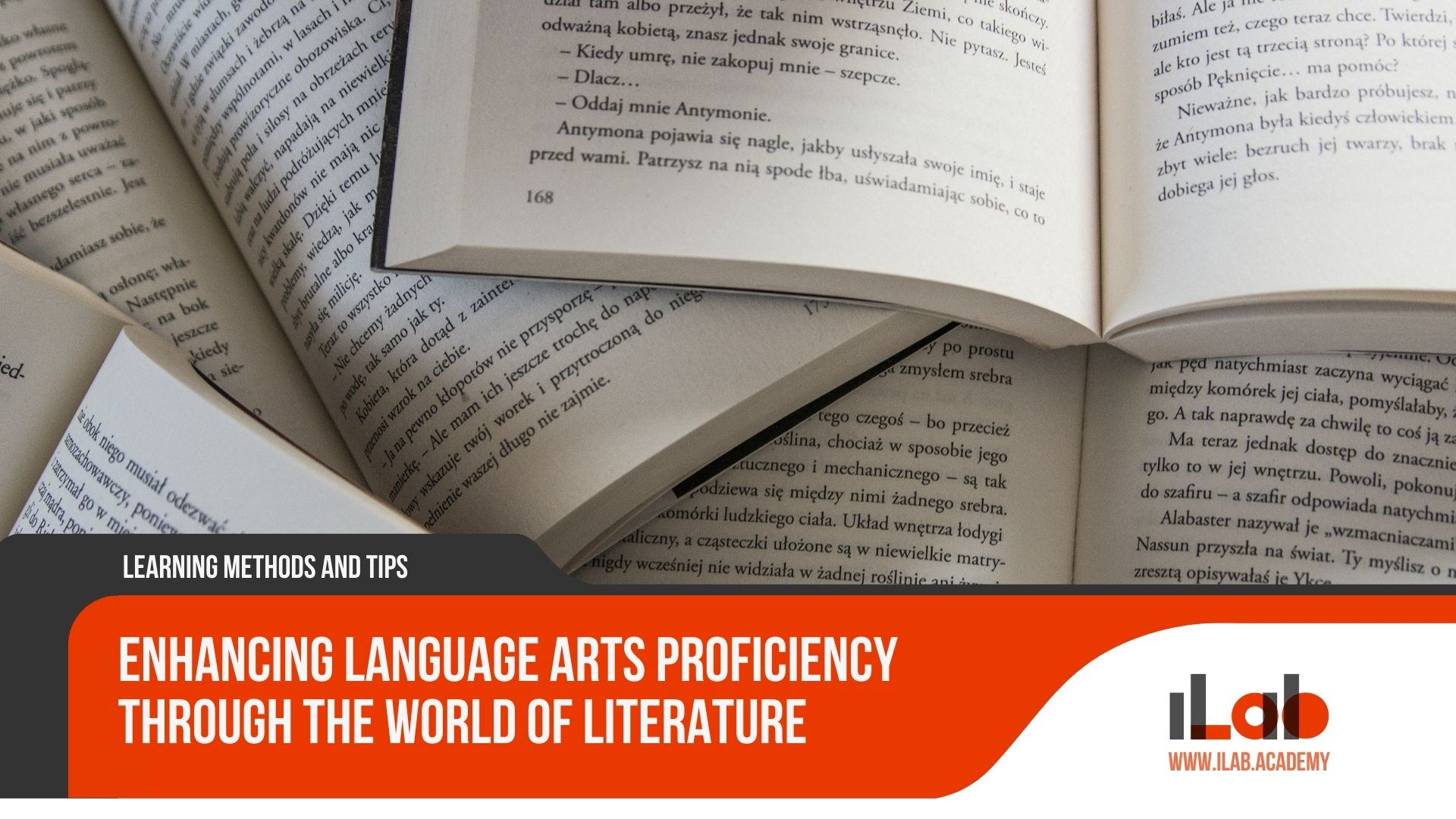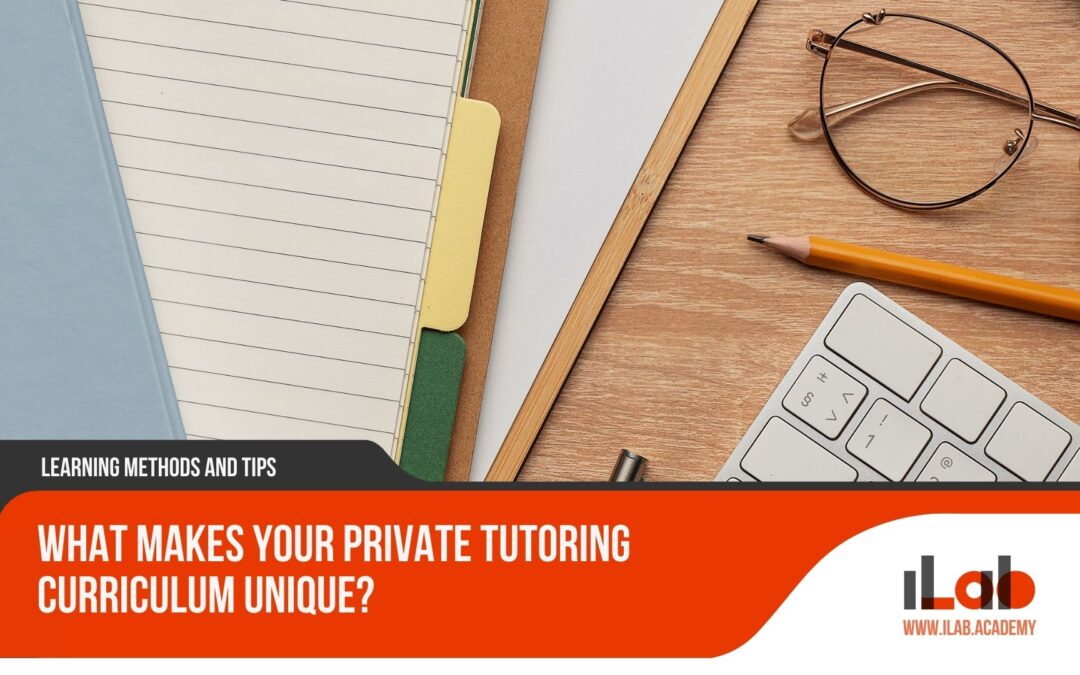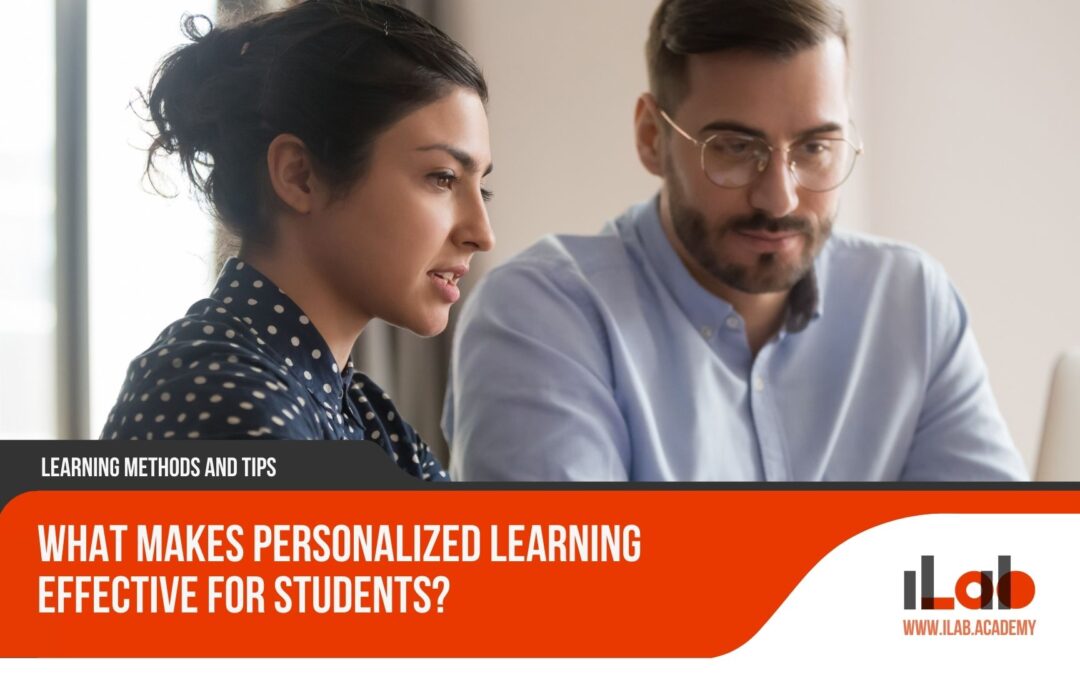Table of contents
Just as I stumbled upon a rare book that perfectly suited my interests, I’ve learned that discovering the right study strategies can similarly transform a student’s learning experience. In my years as a tutor, I’ve honed a toolkit of tailored study methods that cater to individual learning styles and goals. I’m here to share how customizing one-on-one sessions can make a world of difference. It’s about finding that sweet spot where a student’s potential meets the right approach. I’ll walk you through the various techniques I use, from adapting to different learning preferences to incorporating modern technology, all designed to maximize engagement and understanding. Let’s embark on this journey to create personalized, impactful learning experiences.
Key Takeaways
- Personalized learning objectives are crucial in one-on-one tutoring sessions, as they provide a clear roadmap for the tutoring sessions and align with the student’s academic or professional needs.
- Adapting study strategies to the student’s preferred learning style (visual, auditory, kinesthetic, or reading/writing) can enhance engagement and productivity during tutoring sessions.
- Interactive techniques such as role-playing, debates, and hands-on projects tailored to the student’s interests can maximize engagement in one-on-one tutoring sessions.
- Utilizing technology, such as educational software, apps, and online courses, can enhance the effectiveness of study sessions and provide a high degree of personalization in one-on-one settings.
Establishing Personal Learning Objectives
As a tutor, I’ve found that establishing personal learning objectives is a crucial first step in crafting a study plan that truly resonates with a student’s individual needs and ambitions. It’s about pinpointing what a student aims to achieve, whether it’s acing an upcoming exam, mastering a complex concept, or gaining proficiency in a new language. These goals aren’t just any goals—they’re SMART: Specific, Measurable, Achievable, Relevant, and Time-bound. This framework ensures that objectives aren’t too vague or overly ambitious, but rather tailored to guide us through a structured learning journey.
I always sit down with my students at the outset to discuss and define their SMART goals. We talk about their academic or professional aspirations, which helps us set a clear direction for our sessions. For instance, if a student wants to improve their Spanish to negotiate business deals, we’d set a goal like, “Increase business-related Spanish vocabulary by 300 words in two months.” This is specific and measurable, with a clear deadline, making it achievable and highly relevant to their needs.
This goal-setting phase is collaborative. I encourage students to articulate their objectives, which not only gives them ownership of their learning process but also allows me to tailor my approach. With these personalized milestones in place, we can track progress, celebrate successes, and adjust the plan as necessary. It’s a dynamic, responsive way to ensure that every tutoring session is impactful and aligned with the student’s growth and changing needs.
Adapting Study Strategies to Learning Styles
While establishing personal learning objectives sets the groundwork for success, I’ve learned that adapting study strategies to suit a student’s individual learning style is equally critical in enhancing their educational experience. Every student absorbs and retains information differently, and recognizing this is what transforms a standard tutoring session into a truly personalized learning journey. To paint a clearer picture, let me share some strategies that align with different learning styles:
- Visual Learners: I incorporate charts, diagrams, and mind maps to help these students visualize concepts and relationships. Color-coding notes and organizing information spatially can make a significant difference in their comprehension.
- Auditory Learners: For these individuals, I focus on verbal explanations and discussions. Reciting information aloud, using mnemonic devices, or even turning lessons into lyrical compositions can be incredibly effective.
- Kinesthetic Learners: Hands-on activities and real-life simulations engage these students. I often use role-playing or build models to bring concepts to life, catering to their need for movement and tactile experiences.
- Reading/Writing Learners: These students thrive on written words, so I encourage them to jot down notes, create summaries, and engage with the text through annotations and structured outlines.
Interactive Techniques for Maximizing Engagement
Frequently, I find that incorporating interactive techniques like role-playing and debates not only enlivens our sessions but also significantly deepens the student’s understanding and engagement with the material. By embracing these methods, I’m able to cater to different learning preferences and make the content more relatable and memorable.
Role-playing, for instance, is a powerful tool where students can embody historical figures or characters from a book, which gives them a unique perspective that transcends traditional learning methods. It’s a strategy that works wonders for students who might be less engaged with dry texts or lectures. On the other hand, debates stimulate critical thinking and allow students to explore multiple viewpoints, fostering a deeper grasp of complex subjects.
Here’s a quick glance at these techniques:
| Technique | Benefits |
|---|---|
| Role-Playing | Enhances empathy, creativity |
| Debates | Develops critical thinking, articulation |
Hands-on projects are another interactive method I use, especially for kinesthetic learners who benefit from a tactile experience. Customizing these projects around the student’s interests makes the learning process more relevant and stimulating.
Each session, I aim to weave in these interactive elements, adjusting the mix based on the student’s responsiveness. It’s a dynamic process, and I’m constantly gauging their engagement, ready to switch tactics if necessary. This not only maintains their interest but ensures that they’re actively processing and applying the information. Interactive techniques, when tailored to the individual, can transform a routine tutoring session into an exciting and impactful learning adventure.
Utilizing Technology to Enhance Learning
Building on the student’s enthusiasm from interactive techniques, I’ve found that incorporating technology can significantly amplify the effectiveness of our learning sessions. It enables a multifaceted approach that caters to various learning styles and keeps students engaged outside of our meetings. Here’s how I leverage technology in our tutoring sessions:
- Educational Software and Apps: I integrate subject-specific tools that offer interactive exercises and quizzes. This not only reinforces concepts we’ve covered but also provides immediate feedback, which is essential for learning.
- Online Courses: To supplement our sessions, I recommend curated online courses that provide additional perspectives and deepen understanding. These platforms often feature experts and can introduce topics in innovative ways.
- Adaptive Learning Platforms: I utilize platforms that adjust to the student’s performance, offering a personalized learning experience. These systems help identify strengths and weaknesses, allowing me to tailor our sessions more effectively.
- Digital Resources: I share an array of digital resources, such as scholarly articles, video tutorials, and podcasts. This not only supports the learning material but also helps students develop research skills and self-study habits.
Technology, when used thoughtfully, can transform a tutoring session into an interactive, engaging, and highly personalized learning experience. It’s not about replacing the human touch; rather, it’s about enhancing it with tools that can provide depth, diversity, and adaptability to the educational process. By embracing the digital age in our learning strategies, I’m able to offer a much more comprehensive and engaging educational journey for my students.
Incorporating Effective Time Management Practices
Transitioning from technological integration, I’ll now emphasize how crucial time management skills are to our study sessions, tailoring techniques like the Pomodoro Technique and time blocking to fit each student’s unique learning rhythm. It’s not just about cramming; it’s about creating a sustainable and effective study routine.
The Pomodoro Technique, for instance, breaks work into intervals, traditionally 25 minutes in length, separated by short breaks. I’ve seen this work wonders for students who struggle with procrastination or get easily overwhelmed. It’s about working with the clock, not against it. For some, tweaking the duration to better suit their attention span can make all the difference.
Time blocking is another strategy I swear by. It involves dedicating specific blocks of time to different tasks or subjects. This helps students prioritize their workload and gives them a clear overview of their daily or weekly schedule. It’s like having a roadmap for their study time.
I also encourage creating personalized study schedules. This isn’t a one-size-fits-all deal; what works for one student may not work for another. It’s about finding that sweet spot where a student’s peak productivity aligns with their study goals.
As a tutor, my role extends beyond just imparting knowledge. I’m here to help students build time management habits that’ll serve them for life. It’s about equipping them with the tools to take charge of their learning journey, not just during our sessions, but in their solo study time as well. And the impact? It goes beyond grades. It’s about molding disciplined, self-driven learners poised for success in all walks of life.
Mastery-Based Learning Approach
Following our exploration of time management techniques, I’ll now delve into the mastery-based learning approach, which ensures students achieve a solid understanding of each concept before progressing. This method is especially effective in one-on-one tutoring sessions, where I can focus my attention precisely on the areas where a student may be struggling. Mastery-based learning isn’t about pushing through topics at a predefined pace; it’s about ensuring that every foundational block is firmly in place before adding another layer.
Here’s how I implement mastery-based learning in my tutoring sessions:
- Diagnostic Assessment: I start by identifying what the student knows and what they need to work on. This could be through informal questioning or a more structured approach.
- Personalized Learning Targets: We set specific goals for each concept, which are clear and achievable. These targets are tailored to the student’s unique needs and abilities.
- Focused Practice and Review: The student engages in practice that targets their particular areas of difficulty. We don’t move on until they’ve demonstrated a thorough understanding.
- Regular Check-ins: I frequently assess the student’s comprehension through mini-quizzes or discussions to ensure they’ve mastered the material before we advance.
Using this approach, I’ve seen students build confidence as they realize that they won’t be rushed through their learning journey. They appreciate the space to truly grasp the material, which not only improves their performance in the immediate subject but also strengthens their overall learning skills. It’s a method that requires patience and a tailored touch, but the results are well worth the effort.
Continuous Feedback Loops and Adaptations
How can we refine our teaching methods to ensure they remain effective as a student’s needs evolve? Establishing a continuous feedback loop is critical. As a tutor, I actively listen to my student’s responses, both verbal and non-verbal, to gauge their understanding and engagement. It’s about creating a two-way conversation where their insights guide the adaptation of study strategies.
The curriculum must be responsive, changing as the student grows and their achievements unfold. For instance, if a student excels at a particular topic, I’ll adjust our sessions to build on that momentum, introducing more advanced concepts. Similarly, if they’re struggling, I’ll revisit the foundations or try alternative approaches that might resonate better. This flexibility ensures that no time is wasted on redundant content and the student remains challenged and interested.
Adaptations also consider the student’s shifting motivations. What drives a student at the beginning of our sessions might change over time. It’s my role to detect these shifts and align our study strategies accordingly. This might mean incorporating new materials that relate to their evolving interests or adjusting the pace of our lessons.
Continuous feedback loops are not just about academic progression but also about maintaining a positive and encouraging learning environment. By being receptive and adaptable, I help the student feel heard and supported, which is paramount for their confidence and enthusiasm for the subject.
Frequently Asked Questions
How Can Tutors Assess and Adjust to a Student’s Emotional and Motivational States During One-On-One Sessions?
As a tutor, I pay close attention to my students’ emotions and motivation. I ask open-ended questions to gauge their state and listen actively to their concerns. If I sense a dip in their mood or drive, I’ll adjust our activities, perhaps incorporating more interactive or enjoyable elements to re-engage them. It’s crucial I remain empathetic and flexible, always ready to tailor our sessions to keep their learning experience positive and effective.
In What Ways Can a Tutor Help a Student With Special Educational Needs or Disabilities Through Tailored Study Strategies?
I can support students with special needs by customizing study strategies to fit their unique challenges. This means adapting materials, pacing lessons appropriately, and employing multisensory techniques to enhance their learning experience. I’ll also ensure a supportive environment that focuses on their strengths, using tools like assistive technology to level the playing field. By doing so, I help them overcome barriers and achieve their academic goals.
What Are Some Challenges Tutors Face When Trying to Create Highly Personalized Study Plans, and How Can They Overcome These Obstacles?
Creating personalized study plans can be tough. I’ve got to balance individual needs with realistic goals, which isn’t always straightforward. Sometimes, it’s hard to gauge a student’s progress and adjust the plan accordingly. To tackle these challenges, I stay flexible and communicate openly. I also keep learning about new educational tools and techniques to better serve my students’ unique learning styles and keep the sessions effective and engaging.
How Does Cultural Background Influence the Creation of Tailored Study Strategies in One-On-One Tutoring, and How Can a Tutor Be Sensitive to This?
Cultural background deeply influences how I develop study strategies. I ensure I’m culturally sensitive by learning about my student’s heritage and incorporating relevant examples. It’s about respecting diverse perspectives and adapting my approach to fit their cultural context. By doing so, I create a comfortable learning environment that acknowledges and celebrates their background, leading to more effective and personalized education. It’s a critical aspect of connecting and delivering content meaningfully.
How Can a Tutor Evaluate the Long-Term Success of Their Tailored Study Strategies Beyond the Immediate Progress Seen in Tutoring Sessions?
To evaluate the long-term success of my strategies, I don’t just look at immediate progress. I check in with past students to see if they’re still using the techniques we practiced. It’s about whether they’ve maintained or improved their academic performance over time. I also seek feedback on their current challenges and triumphs, which helps me understand the lasting impact of our work together. It’s a continual learning process for both of us.
Conclusion
In wrapping up, I’ve seen firsthand how tailored study strategies can transform one-on-one tutoring. By setting personal goals, adapting to learning styles, and embracing interactive methods, we can make education truly captivating. Technology’s a game-changer here, and when paired with savvy time management and a mastery-based approach, the results are profound. Let’s keep the feedback coming and tweak our tactics; it’s how we’ll ensure every student’s journey is as unique and successful as they are.

